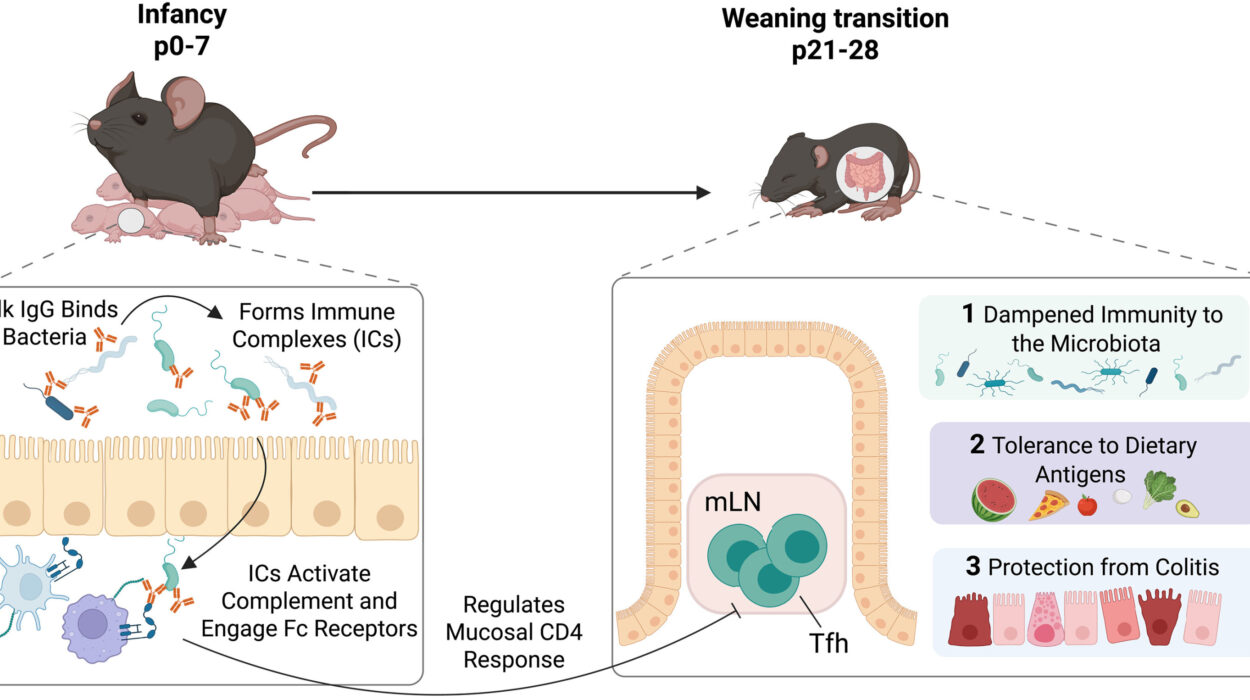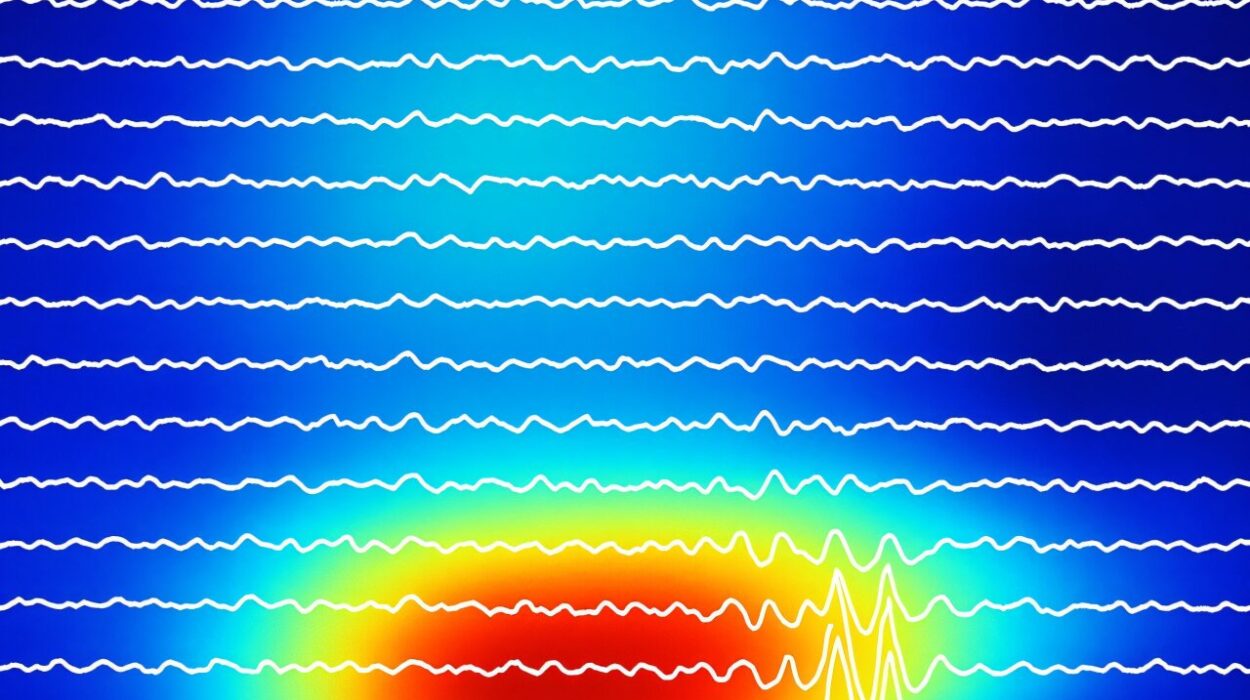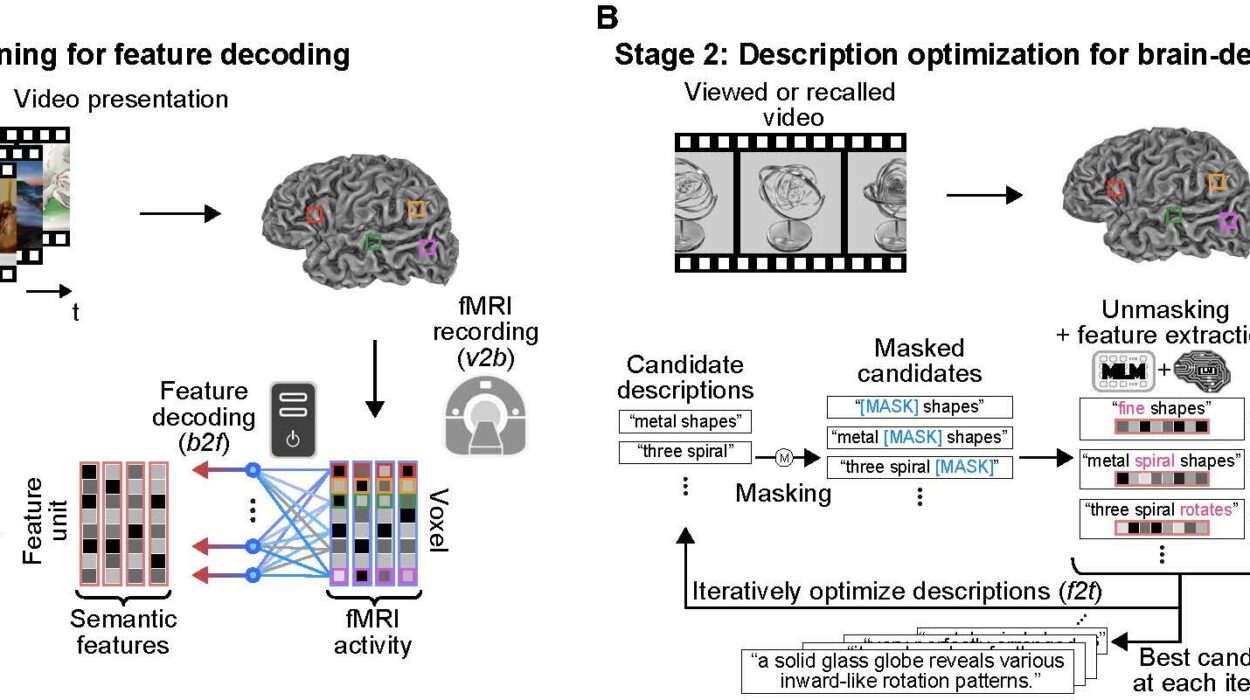In a groundbreaking study led by the Santa Lucia Foundation IRCCS, researchers have revealed promising results from a treatment using repetitive transcranial magnetic stimulation (rTMS) aimed at the precuneus, a brain region implicated in the early stages of Alzheimer’s disease. The findings suggest that rTMS, when administered over a period of 52 weeks, can slow the progression of cognitive decline, impairments in daily functioning, and behavioral symptoms in patients with mild-to-moderate Alzheimer’s. This non-invasive brain stimulation technique, which uses magnetic pulses to modulate brain activity, has shown to have potential benefits in preserving cognitive abilities and delaying the loss of autonomy, making it a novel therapeutic avenue for Alzheimer’s patients.
What is rTMS?
Repetitive transcranial magnetic stimulation (rTMS) is a non-invasive technique that uses magnetic pulses to stimulate targeted areas of the brain. This technique has already been employed successfully in treating conditions such as depression, obsessive-compulsive disorder, and anxiety. By inducing small electrical currents in neurons, rTMS modulates neural activity, which can lead to improvements in mood, cognition, and behavior.
rTMS involves placing a magnetic coil near the scalp, which generates rapid pulses of magnetic energy. These pulses penetrate the skull and stimulate neurons in the underlying brain tissue. Depending on the frequency and intensity of the pulses, rTMS can either enhance or inhibit neural activity, offering a highly flexible tool for treating various neurological and psychiatric disorders. Recent advances in rTMS technology have enabled more precise targeting of brain regions, increasing its potential for treating diseases like Alzheimer’s, where specific areas of the brain are progressively damaged.
The Role of the Precuneus in Alzheimer’s Disease
Alzheimer’s disease is characterized by the gradual deterioration of cognitive functions, including memory, thinking, and daily living skills. It is one of the most prevalent neurodegenerative diseases, affecting millions of people worldwide. Alzheimer’s pathology is believed to begin in the brain’s medial temporal lobe and then spread to other regions, including the precuneus. The precuneus is part of the default mode network (DMN), a network of brain regions that are active when the brain is at rest and not engaged in a specific task.
Research has shown that the precuneus plays a key role in memory retrieval, spatial orientation, and higher-level cognitive processes. In the context of Alzheimer’s disease, this region is among the first to show signs of dysfunction, including amyloid deposition (a hallmark of Alzheimer’s), gray matter loss, and disrupted brain network connectivity. These early changes in the precuneus contribute to the cognitive decline seen in Alzheimer’s patients, making it an ideal target for rTMS treatment.
The hypothesis behind using rTMS to target the precuneus in Alzheimer’s patients is based on the notion that modulating brain activity in this region could slow the progression of cognitive decline and delay the onset of more severe symptoms. By stimulating the precuneus, rTMS may help preserve the integrity of the default mode network and counteract the pathological changes occurring in the brain.
Study Design and Methodology
The study, titled “Effects of 52 weeks of precuneus rTMS in Alzheimer’s disease patients: a randomized trial”, was published in Alzheimer’s Research & Therapy. It aimed to build upon previous findings from a Phase II trial, which had already shown that 24 weeks of rTMS targeting the precuneus slowed cognitive decline and preserved daily functional abilities in patients with mild-to-moderate Alzheimer’s disease. The new trial sought to extend the treatment duration to 52 weeks to evaluate whether longer-term rTMS could continue to provide cognitive and functional benefits.
In this randomized, double-blind, sham-controlled pilot trial, 48 patients diagnosed with mild-to-moderate Alzheimer’s disease were enrolled. Of these, 27 patients were assigned to the active rTMS group, and 21 were placed in a sham stimulation group, which served as the control. A portion of the patients (31) continued from a previous 24-week study, while the rest (17) were newly enrolled for the 52-week treatment. The newly enrolled participants began the full 52-week course, which involved an intensive two-week phase followed by weekly maintenance sessions.
rTMS was administered using neuronavigated transcranial magnetic stimulation, a method that combines TMS with electroencephalography (EEG) to personalize the location and intensity of the stimulation for each patient. The total number of pulses delivered during the 52-week treatment was substantial, with each patient receiving 96,000 pulses throughout the trial.
Key Findings: Slower Cognitive Decline and Preservation of Daily Functioning
The results of the trial were highly encouraging. Patients who received rTMS showed a slower rate of cognitive and functional decline compared to those in the sham group. The primary outcome measure, the Clinical Dementia Rating–Sum of Boxes (CDR-SB), which assesses the severity of cognitive impairment and daily functioning, showed an estimated mean change of 1.36 points in the rTMS group, compared to 2.45 points in the sham group after 52 weeks. This suggests that rTMS may significantly slow cognitive decline in Alzheimer’s patients.
Functional ability, assessed using the Alzheimer’s Disease Cooperative Study scale for activities of daily living (ADCS-ADL), showed a marked difference between the two groups. The rTMS group experienced a decline of 1.5 points, while the sham group declined by 11.6 points. This indicates that rTMS may help maintain patients’ independence and reduce the burden on caregivers by slowing the deterioration of daily functioning.
In terms of cognitive performance, measured by the Alzheimer’s Disease Assessment Scale cognitive subscale (ADAS-cog), the rTMS group showed a mean increase of 5.9 points, compared to 10.4 points in the sham group. While a higher score on this scale reflects greater impairment, the difference between the two groups suggests that rTMS had a protective effect on cognitive functions such as memory and attention.
Behavioral symptoms, which are common in Alzheimer’s patients and can significantly impact quality of life, also showed improvements in the rTMS group. Measured using the Neuropsychiatric Inventory (NPI), patients in the rTMS group exhibited an estimated change of 3.28 points, compared to 6.91 points in the sham group. Notably, improvements were observed in specific subscales, including apathy, euphoria, and appetite-related disturbances, which are often challenging to manage in Alzheimer’s care.
Mechanisms of Action: How rTMS Affects the Brain
The study also explored potential mechanisms by which rTMS might exert its beneficial effects. One key finding was that stronger baseline connectivity within the brain’s default mode network (DMN) was associated with a more favorable clinical response to rTMS treatment. This suggests that assessing brain activity profiles prior to treatment may help identify patients who are most likely to benefit from rTMS.
In animal models, rTMS has been shown to reduce beta-amyloid plaques, which are a hallmark of Alzheimer’s pathology, and phosphorylated tau, another key protein involved in Alzheimer’s disease. Additionally, rTMS has been linked to increases in neurogenic proteins, such as brain-derived neurotrophic factor (BDNF), which promotes the growth and survival of neurons, and decreases in pro-inflammatory cytokines like IL-6 and TNF-α, which are thought to play a role in Alzheimer’s disease progression.
Safety and Side Effects
Throughout the trial, rTMS was generally well-tolerated. Mild adverse effects such as headache or scalp discomfort were reported by both groups, but these symptoms were temporary and resolved without medical intervention. The completion rate for the study was 68%, with most withdrawals occurring due to disruptions caused by the COVID-19 pandemic rather than treatment-related issues.
Conclusion and Future Directions
This study adds to the growing body of evidence suggesting that rTMS may offer a valuable treatment option for patients with Alzheimer’s disease, particularly in the early to middle stages. By targeting the precuneus, a brain region heavily involved in the disease’s progression, rTMS appears to slow cognitive and functional decline, while also improving behavioral symptoms.
However, the researchers note that larger, multicenter trials are needed to confirm these findings and to further refine the treatment protocol. In addition, future studies could investigate the potential for combining rTMS with other therapeutic approaches, such as drug therapies targeting amyloid, tau, or neuroinflammation, to enhance its effectiveness.
Ultimately, this research represents a promising step toward finding non-invasive, brain-based therapies that can help manage Alzheimer’s disease and improve the quality of life for patients and their families.
Reference: Giacomo Koch et al, Effects of 52 weeks of precuneus rTMS in Alzheimer’s disease patients: a randomized trial, Alzheimer’s Research & Therapy (2025). DOI: 10.1186/s13195-025-01709-7






